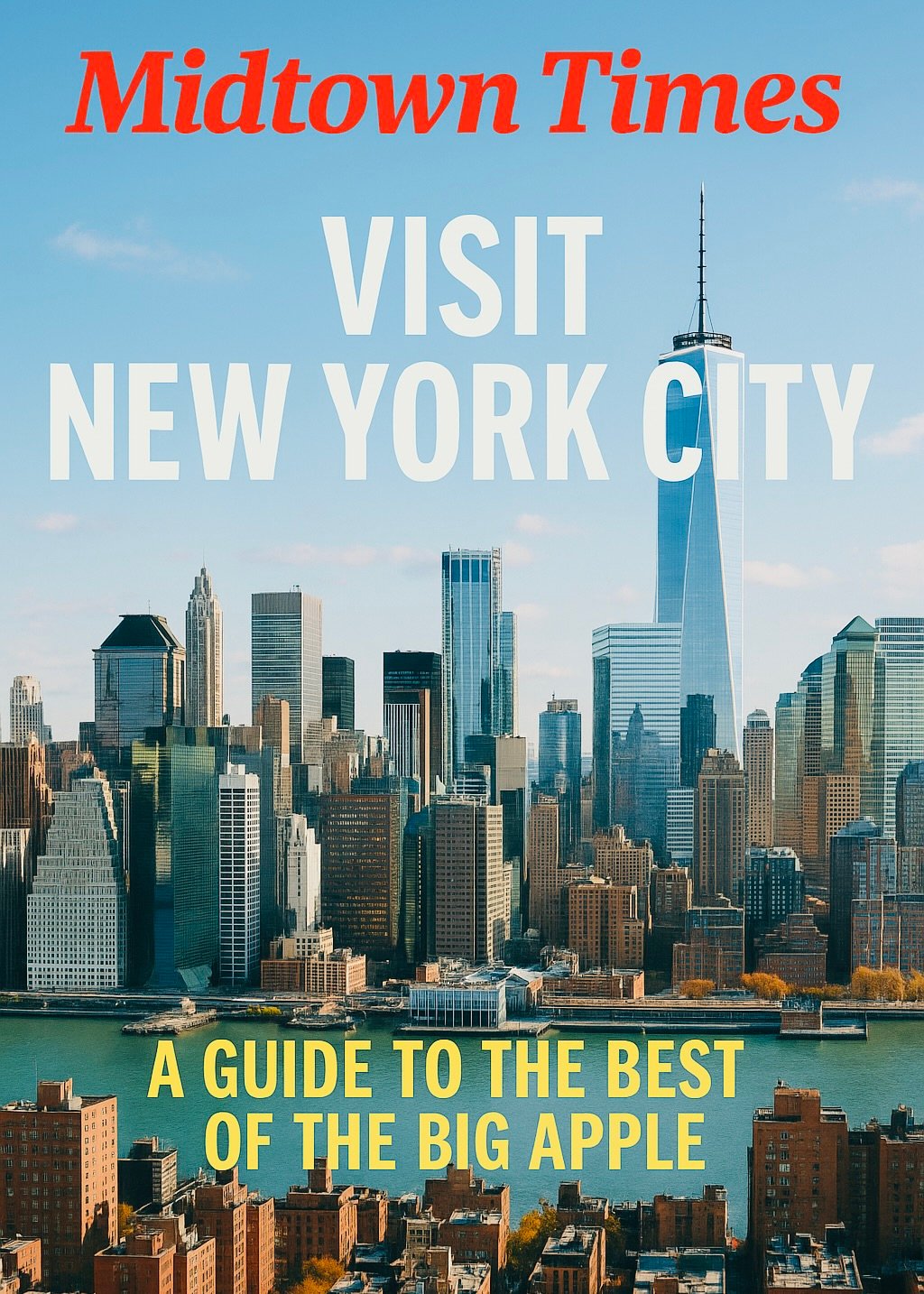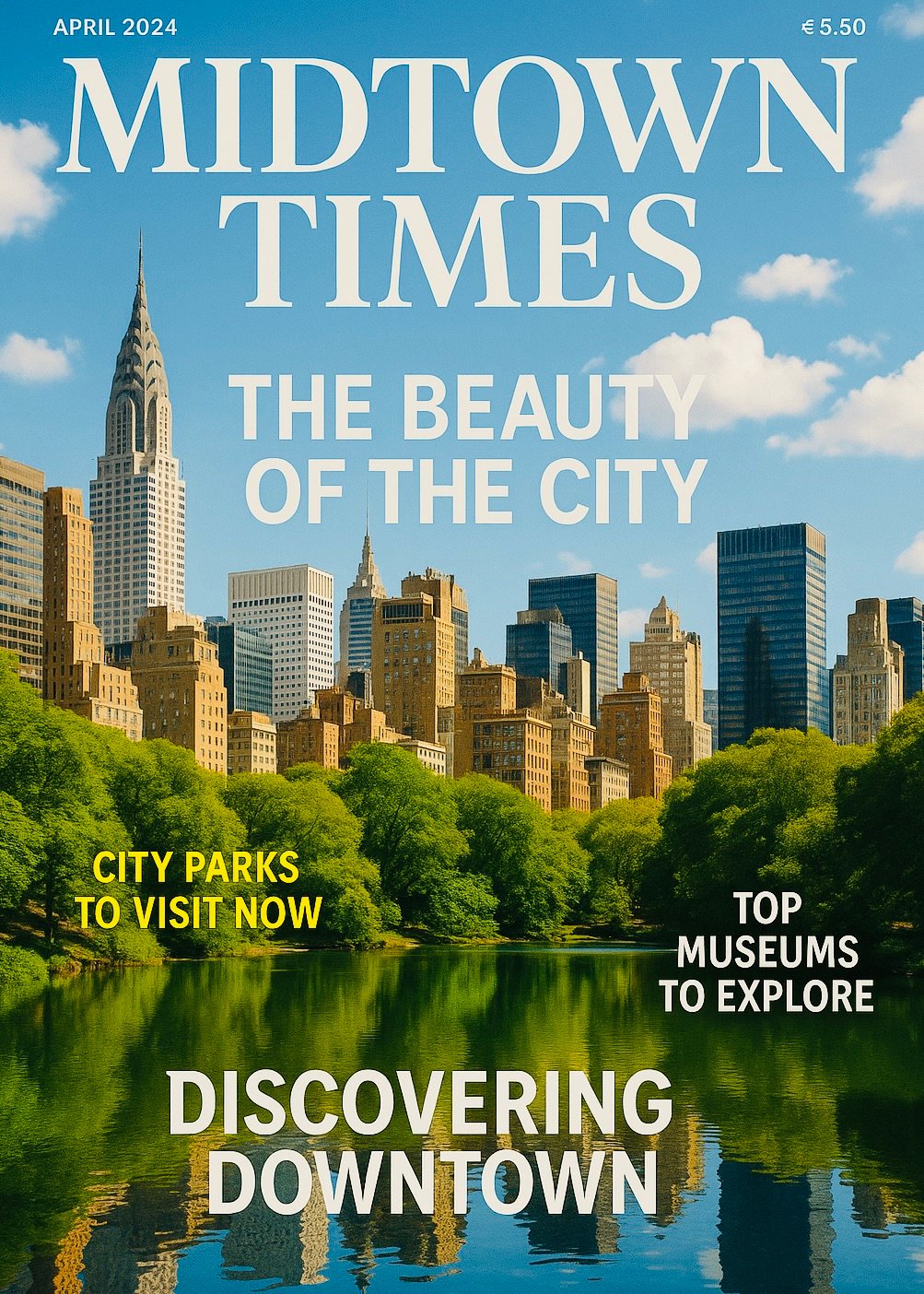The U.S. Supreme Court on Tuesday declined to review a case challenging a 2015 federal rule that allows the spouses of H-1B visa holders, skilled foreign workers employed in the U.S., to obtain work authorization. The decision preserves the Obama-era policy and represents a significant victory for immigrant families and the American tech sector that heavily depends on the H-1B program.
The justices rejected a petition from Save Jobs USA, a group representing American tech workers who claim they were displaced by foreign labor. The group had asked the Court to overturn a ruling by the U.S. Court of Appeals for the D.C. Circuit, which upheld the Department of Homeland Security’s (DHS) authority to grant work authorization to H-4 visa holders, the spouses of H-1B workers.
As is customary, the Supreme Court offered no explanation for its decision.
Background: The H-1B and H-4 Visa System
The H-1B visa, created in 1990, allows U.S. employers to hire highly skilled foreign professionals in fields such as technology, medicine, finance, and research for three to six years. Each year, 65,000 visas are made available, along with 20,000 additional slots for advanced-degree holders.
In 2015, under the Obama administration, DHS issued a rule permitting certain H-4 visa holders, spouses of H-1B workers awaiting green card approvals, to apply for work permits. The rule was intended to help families remain financially stable and attract global talent to U.S. companies.
Since its inception, the program has issued work authorization to more than 258,000 people, including over 25,000 last year, according to DHS data.
The Legal Challenge
Save Jobs USA filed suit in 2015, arguing that DHS overstepped its authority and that the rule allowed H-4 visa holders to unfairly compete with American workers.
The D.C. Circuit Court rejected that claim in 2024, concluding that the agency had clear statutory authority to issue the regulation. The court compared the case to a similar one in 2022, which upheld another DHS rule allowing foreign students to remain and work in the U.S. after graduation.
Save Jobs USA urged the Supreme Court to reconsider in light of the 2024 decision in Loper Bright Enterprises v. Raimondo, which curtailed the long-standing “Chevron deference”, a principle requiring courts to defer to reasonable federal agency interpretations of ambiguous laws.
However, the appeals court ruled that its earlier decision did not rely on Chevron, but instead on a straightforward reading of federal immigration law, meaning DHS acted within its authority.
The Broader Political Context
The Supreme Court’s decision comes amid renewed scrutiny of the H-1B system under President Donald Trump’s administration, which has sought to limit the program and impose steeper costs on employers.
In September, Trump announced a $100,000 fee per new H-1B hire, framing the move as an effort to protect American workers. The Department of Homeland Security also indicated plans to propose broader changes to the visa system, potentially including new restrictions on the H-4 work authorization program.
Although DHS proposed repealing the 2015 H-4 rule during Trump’s first term, the effort stalled and was later withdrawn under President Joe Biden, who restored the policy. For now, the rule remains in effect, though officials have not ruled out potential modifications.
Reactions and Implications
Neither DHS nor attorneys for Save Jobs USA responded to requests for comment following the Supreme Court’s decision.
The ruling is being celebrated by many in the tech industry, which relies heavily on H-1B and H-4 visa holders to fill high-skill roles, particularly in software development, engineering, and data science. Business leaders argue that maintaining spousal work authorization helps attract global talent and prevent families from facing unnecessary financial strain.
Critics, however, say the policy still raises questions about competition in domestic labor markets, with some arguing that U.S. workers face disadvantages as employers continue to recruit abroad.
Midtown Times Analysis: Stability Amid Uncertainty
The Supreme Court’s refusal to take up the case leaves the Obama-era rule intact, for now — but the debate over H-1B and H-4 visas remains far from settled.
The decision signals judicial confidence in DHS’s authority to regulate immigration policy, even as Congress remains divided over comprehensive immigration reform. Yet the Trump administration’s renewed push to reshape visa rules and impose higher fees may reignite legal and political battles over how the U.S. balances domestic labor protection and global competitiveness.
For thousands of immigrant families, this outcome represents a moment of relief, ensuring that spouses of skilled foreign professionals can continue to work and contribute to the U.S. economy. But with new regulations looming, the future of America’s high-skilled immigration pipeline remains uncertain.
By the Midtown Times Staff


